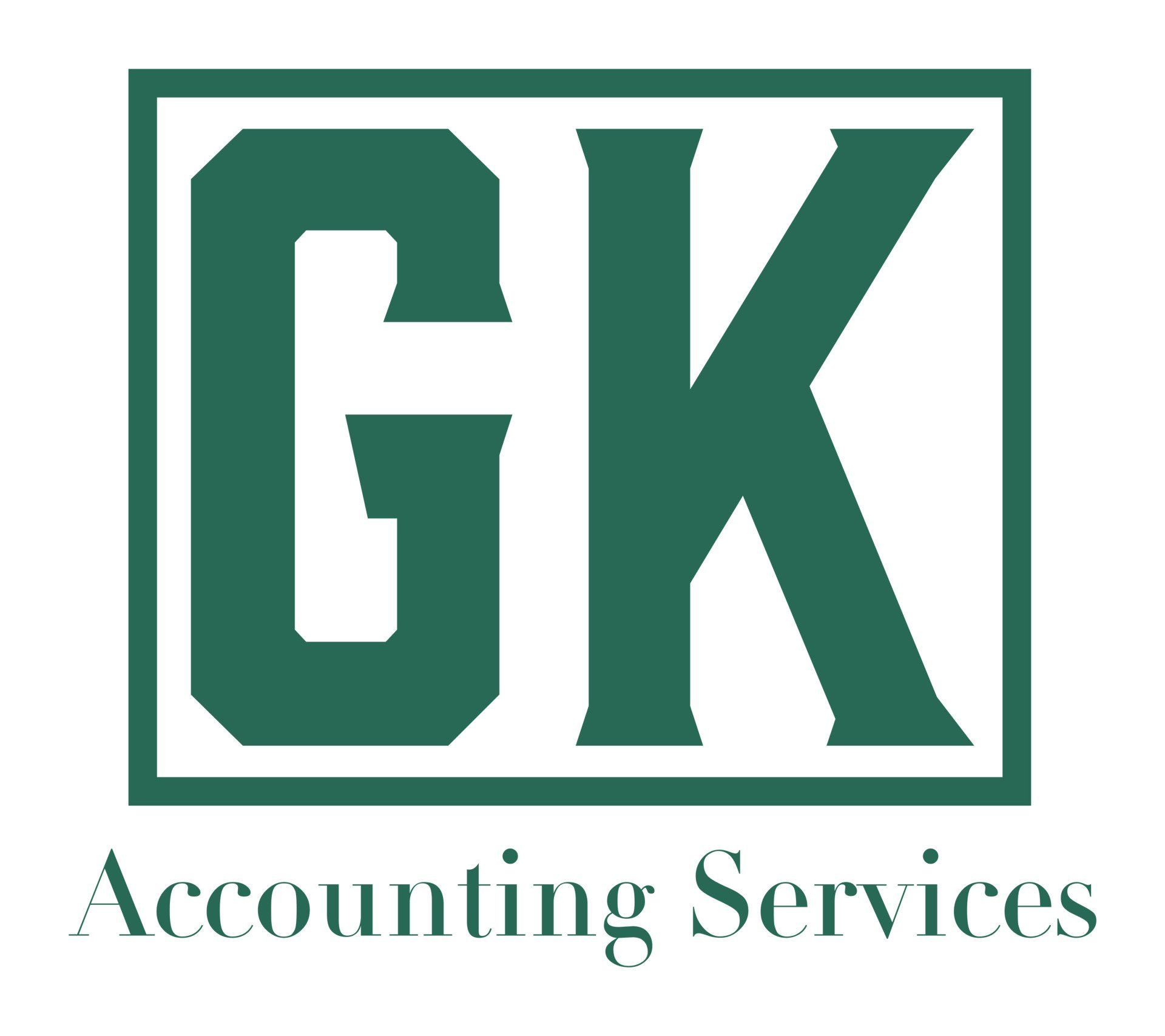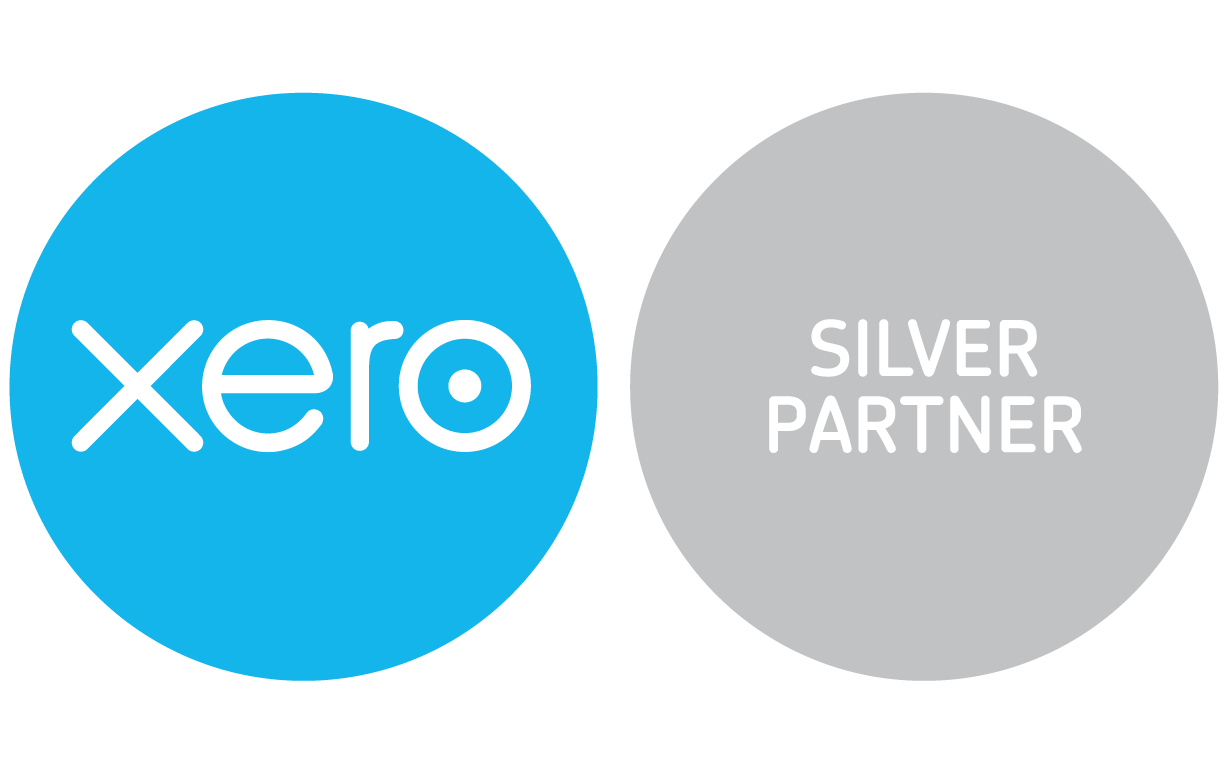Submitting Voluntary Disclosures to HMRC
Have you identified an error in your reporting? Here's how to fix it!
Submitting a Voluntary Disclosure to HMRC
If you realise you've underpaid tax or made an error in your tax filings, submitting a voluntary disclosure to HM Revenue and Customs (HMRC) is an effective way to correct the issue. A voluntary disclosure is when you proactively inform HMRC of any unpaid tax or inaccurate information, allowing you to set things right while potentially avoiding more severe penalties.
What Is a Voluntary Disclosure?
A voluntary disclosure is the process of contacting HMRC to report and correct any previously undisclosed tax liabilities. This can apply to various types of tax, including Income Tax, Corporation Tax, VAT, or any other obligations you may have under HMRC’s jurisdiction.
When Should You Consider Making a Voluntary Disclosure?
You may need to consider a voluntary disclosure if you have:
- Unreported income or capital gains.
- Incorrect information on previous tax returns.
- Errors related to VAT, payroll, or other taxes.
- Outstanding taxes due to misunderstandings or oversights.
Making a voluntary disclosure can be especially beneficial if the mistake is substantial or if it spans multiple tax years, as it demonstrates good faith and transparency.
Benefits of a Voluntary Disclosure
- Reduced Penalties: By proactively reaching out to HMRC, you show a willingness to cooperate, which can often lead to reduced penalties compared to those imposed if HMRC discovers the error independently.
- Avoiding Prosecution: In cases of significant errors, voluntary disclosure may help you avoid more severe legal consequences.
- Simplified Process: HMRC offers streamlined disclosure procedures for certain types of taxes, which can simplify the correction and payment process.
How to Make a Voluntary Disclosure
HMRC provides specific online forms and processes for voluntary disclosures, often tailored by tax type (e.g., VAT, income tax). Here’s the general process:
- Notify HMRC: Start by notifying HMRC that you wish to make a voluntary disclosure. You may need to use a specific disclosure form or platform, such as the Digital Disclosure Service (DDS).
- Calculate Your Tax Liability: Determine the amount of unpaid tax, including any applicable interest. Accurate calculation is essential, as HMRC will review this.
- Submit and Pay: Submit your disclosure, including all relevant details and calculations, and arrange to pay the outstanding amount. HMRC may allow you to set up a payment plan if necessary.
Seeking Professional Help
A professional accountant or tax advisor can be invaluable when preparing a voluntary disclosure. They can help with accurate calculations, ensure your submission is thorough, and liaise with HMRC on your behalf.
Summary
Submitting a voluntary disclosure to HMRC is a proactive way to correct tax errors, reduce penalties, and resolve outstanding liabilities with transparency and integrity. Taking this step can save you from harsher consequences and set you on a compliant path moving forward.





